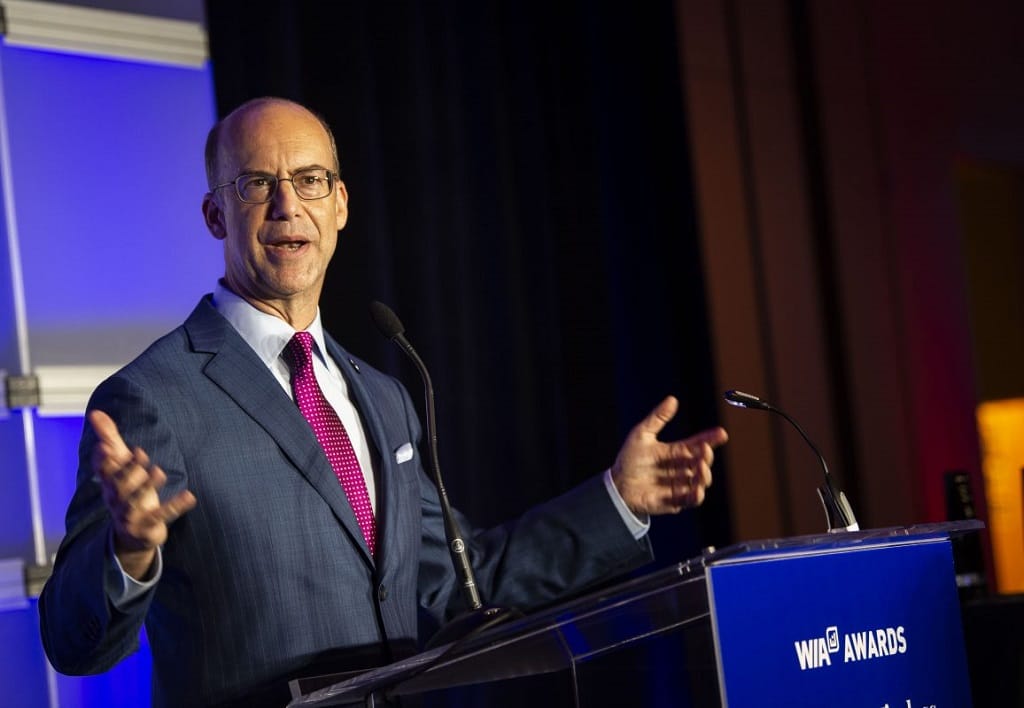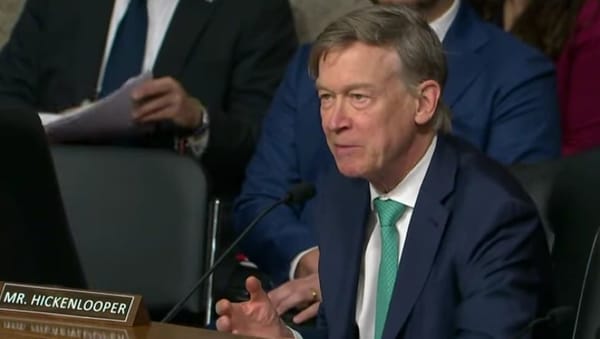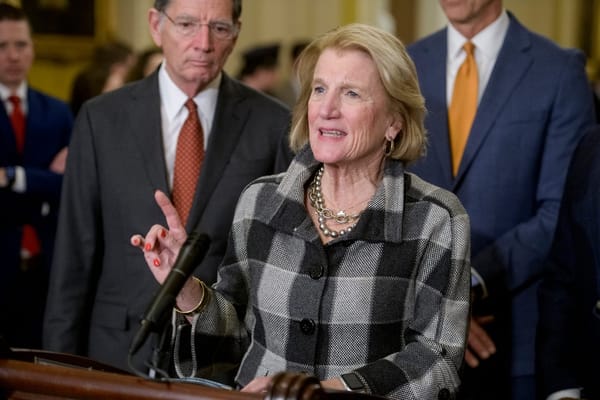Congress Must Support Multiple Broadband Technologies, Wireless Association Says
Debate has pitted certain tech over others, but the WIA says all broadband tech must be considered.
Mike Ogunji

July 21, 2021 – Debate in recent weeks about which technologies should be deployed to connect underserved Americans is taking away from what’s more important: speed over a particular method of deployment, according to the Wireless Infrastructure Association.
That debate has included how fiber is preferred because of its supposed longevity and “future proofing” of broadband infrastructure, while others have said that fixed-wireless – in which mobile technologies are used for home internet – are integral as well.
“The bipartisan deal won’t make consumers wait for a decade or more by limiting the range of eligible providers,” said Jonathan Adelstein, president and CEO of the Wireless Infrastructure Association, at a Media Institute Communications Forum on July 15. “Future proof shouldn’t mean deployed far in the future. Connectivity delayed is connectivity denied.”
A recent study found by WIA said that it would take ten years and an additional $70 billion to pass 90 percent of U.S households with fiber before reaching the last 10%.
In various scenarios, WIA reports that wireless broadband links can be installed in a matter of days. In some cases, it can take as long as six months for a wireless connection and eighteen months for a new tower to be built.
Focus on all applicable technologies
WIA stresses that since rural consumers need broadband, the focus should be on utilizing all technologies to connect communities as quickly as possible.
On a Broadband Breakfast panel a month ago, panelists said fiber should lead deployment, but other technologies are integral as well.
Issues with deployment
Adelstein, who said he’s spoken with a dozen contractors who construct fiber and wireless networks, said that they have trouble keeping up with business despite building new networks.
Bottlenecks that affect the building of new networks include heavy equipment and telecom gear being in short supply, as well as a lack of skilled labor to work on broadband infrastructure.
To resolve these issues, the WIA advocates for Congress to invest in broadband workforce development programs like apprenticeships if they want to see wireless networks being deployed sooner than later.
“We see labor shortages in nearly every industry, and telecommunications is no exception,” Adelstein said. “5G is a new technology that requires new skills.”
A report from Accenture states that 5G broadband construction spending can create approximately 120,000 jobs during the first seven years of deployment.
The Senate’s passing of the Innovation and Competition Act is said to go toward addressing work shortages in the industry.










Member discussion